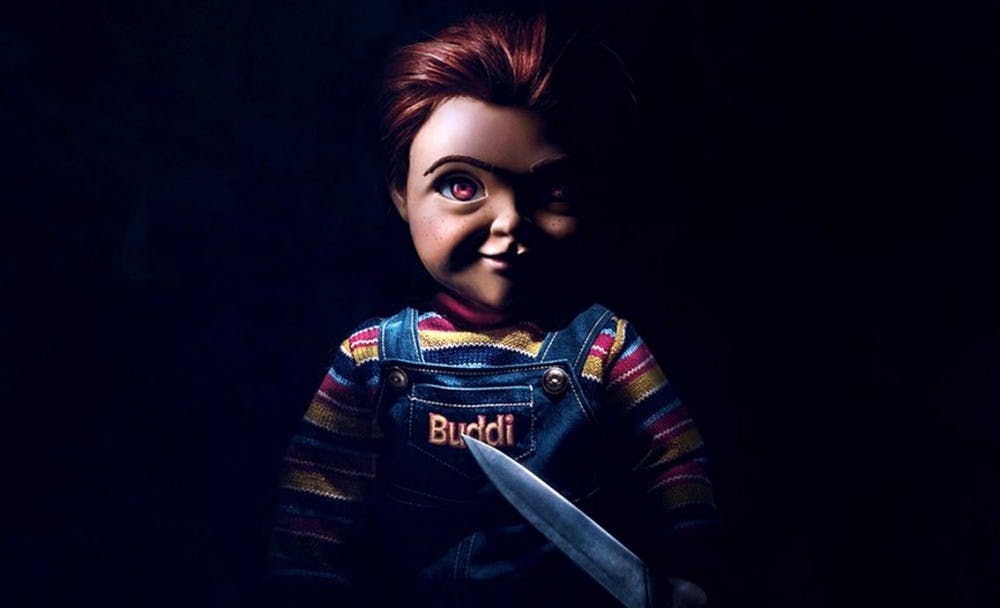The current movie releases seem like audiences traveled back to the ’90s, with a new Toy Story, a new Men In Black and a reimagining of Child’s Play. The continuation and reboot of older series has become a prolific trend in film, and sometimes it works really well as a great addition to or renewal of the series — and sometimes it doesn’t necessarily work out.
The newest take on the 1988 slasher classic, Child’s Play, isn’t a necessary film reimagining, but it’s self-aware enough to make it slightly entertaining.
Contrary to the expectations of some, the 2019 reimagining of Child’s Play is not a sequel or continuation of the series, which released its seventh installment, Cult of Chucky, in 2017. Neither associated with the original franchise of the forthcoming television series, the 2018 version is simply a modern reimagining of the first film.
Stepping aside from the original films where the Chucky doll is possessed by a serial killer, the modern take revolves around a technology horror story. A brand of dolls is created to be a child’s best friend, but one doll is missing its violence and language inhibitors, so it learns violence by watching films and listening to what makes Andy (Gabriel Bateman) unhappy. Chucky (Mark Hamill) makes it his personal responsibility to remove anything from Andy’s life that makes him unhappy, but there’s some things the doll misunderstands.
Though the film is made to be a modern take on the franchise’s first installment, the film had a lot of similarities with different films in the series. The most striking similarity between the new film and Child’s Play 2 is the Chucky creation scene, with both featuring a lightning strike when Chucky is born, followed by the death of someone from the factory he’s born in. There are also plenty of other easter eggs from the franchise’s films.
Simply put, the film isn’t great, but it does provide a wonderful breakout performance for Bateman, who perfectly encompasses the attitude of a 13-year-old, becomes a likable and relatable character and is exciting to watch. He gave his all in the performance, and it’ll be exciting to see what roles he’s cast in next.
Perhaps the biggest asset of the film is the focus on technology. The modern idea is a great one, making the Chucky plot more realistic with the idea that in this day and age, a rogue techno-doll who controls every system in the house could potentially happen. The plot even seems to be a jab at major technology companies like Amazon, Apple or Google that create devices to control everything in your house, such as Amazon’s Alexa or Apple’s Siri. The whole film could act as a metaphor for technology taking over and getting a mind of its own.
However, the technological aspect is also the biggest problem of the film, not only because it creates many dangerous situations for the characters, but it seems as if the film is grasping onto threads of this great idea but barely scratching the surface. Child’s Play could be better than an entertaining yet monotonous slasher film, but it misses the bar.
It’s possible to cut the film a break in that regard because it is, in fact, a bit self-aware. The film knows what it is from the beginning: a slasher film meant to play on the nostalgia of the original Child’s Play series. This film knows it isn’t going to be award-winning; it simply is meant for entertainment.
Though the film does entertain, it’s definitely not one to pay to see. It’s one that you can watch once and feel fine about having seen. If for nothing else, see the film to hear Hamill sing the “Buddi song,” and experience the original Luke Skywalker bringing audiences the most pure form of entertainment, and then maybe watch it again on television a year down the road. The main takeaway from the reimagining of Child’s Play, though, is to look out for Bateman and his future projects.






